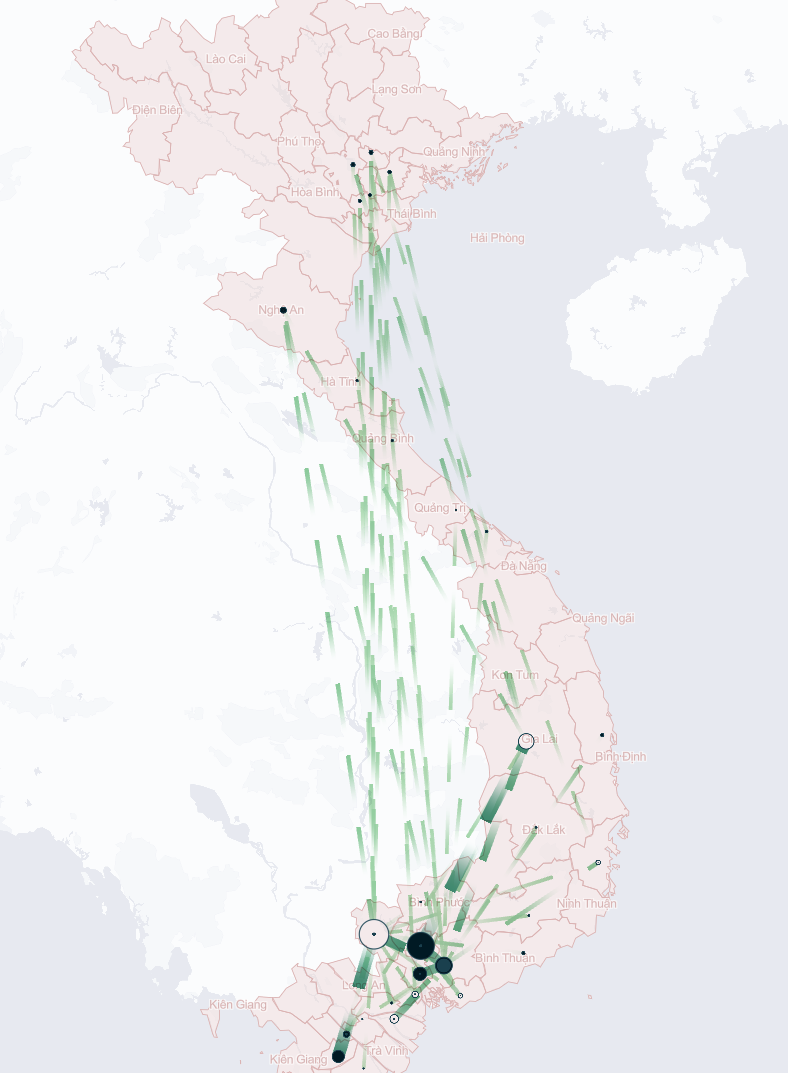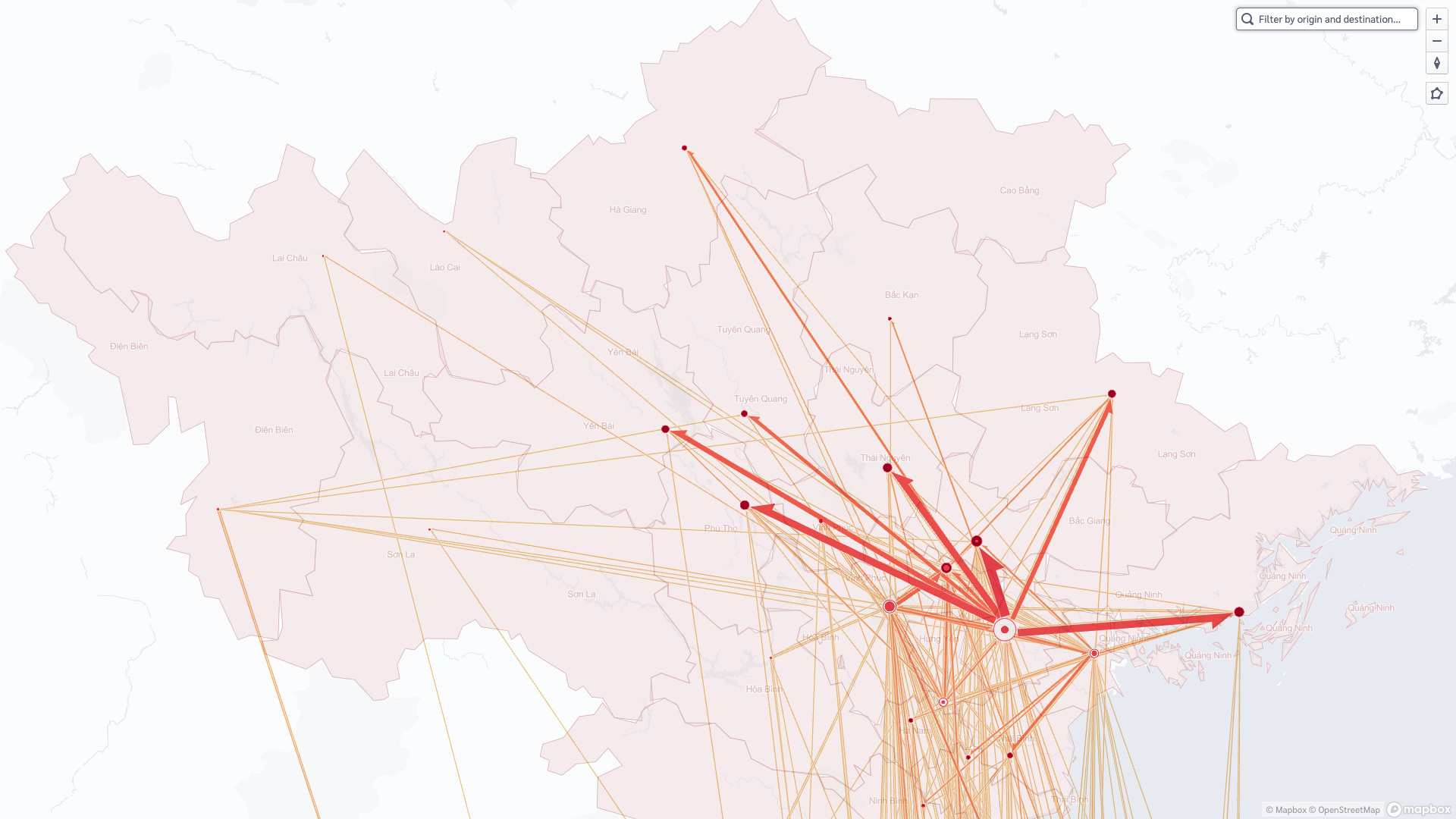
“8.2 billion tons of CO2 emissions come from transportation annually, of which 30% come from trucking” - Bill Gates
“Emissions from transport are expected to rise by 60% by 2050 if no mitigation measures are introduced in the next few years”
We have to act now.
“Transportation emissions need to decrease by 90% by 2050 to achieve carbon neutrality.”
How you can reduce empty miles
Step 1: Measure the benchmark
Step 2: Optimise transport planning
Step 3: Leverage newer truck models
Step 4: Invest in electric vehicles
Measuring
First we need to analyse your overall logistics activities and freight movements to start tracking the accurate GHG emissions based on GLEC frameworks. Then you can have the current emissions dashboard and benchmark report.
Optimising Transport Plan
This can be a daunting and complex task. We can help to simplify this with our PowerLoop™ and Milk-run™ network.
PowerLoop™ network allows trucks to return as fast as possible, reducing empty miles and idle time therefore increases truck overall utilization rate.
Milk-Run™ Technology consolidates similar shipments to be delivered by bigger trucks with multi-pickups and multi-drops, reducing CO2 per ton delivered.

















